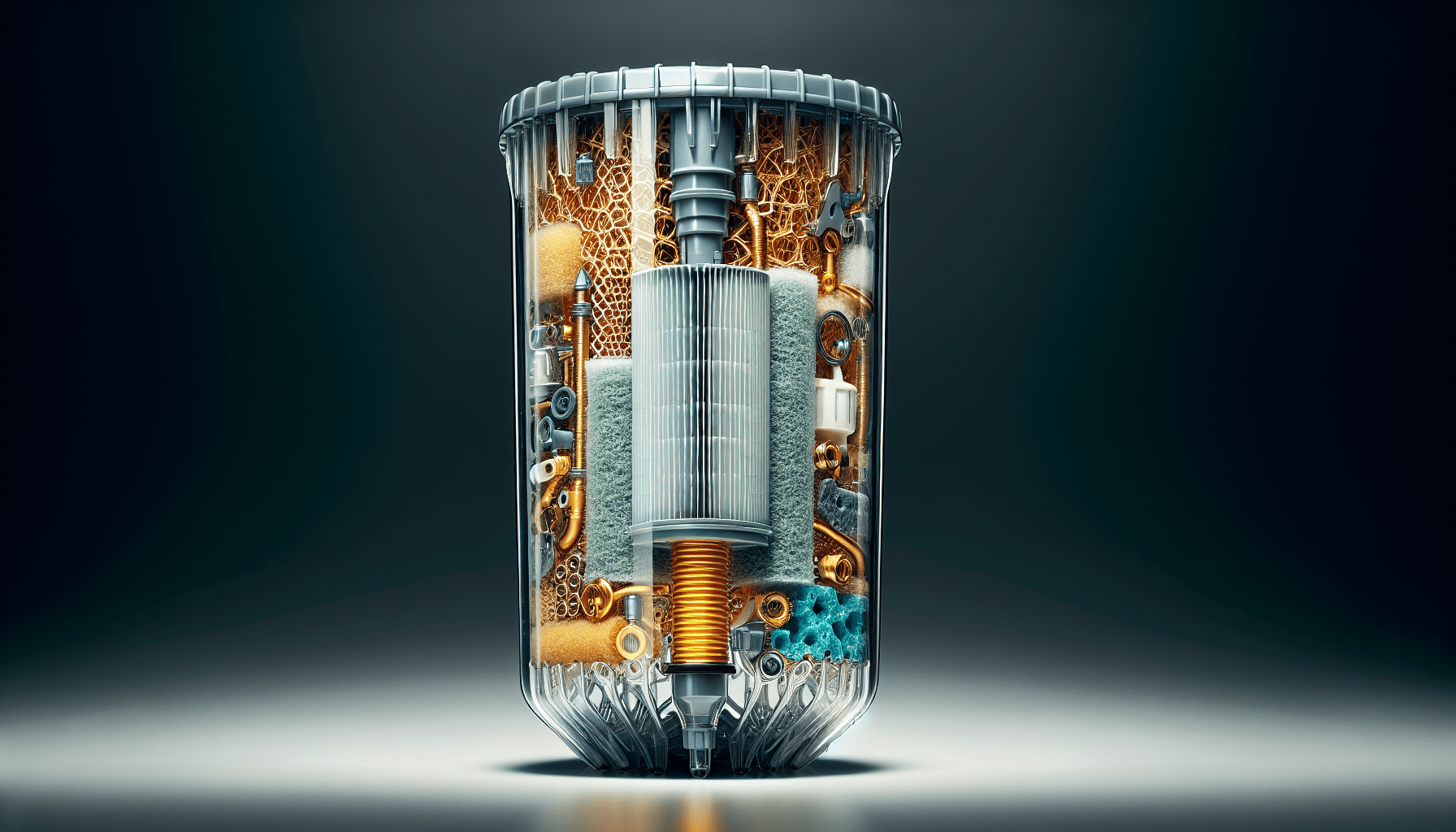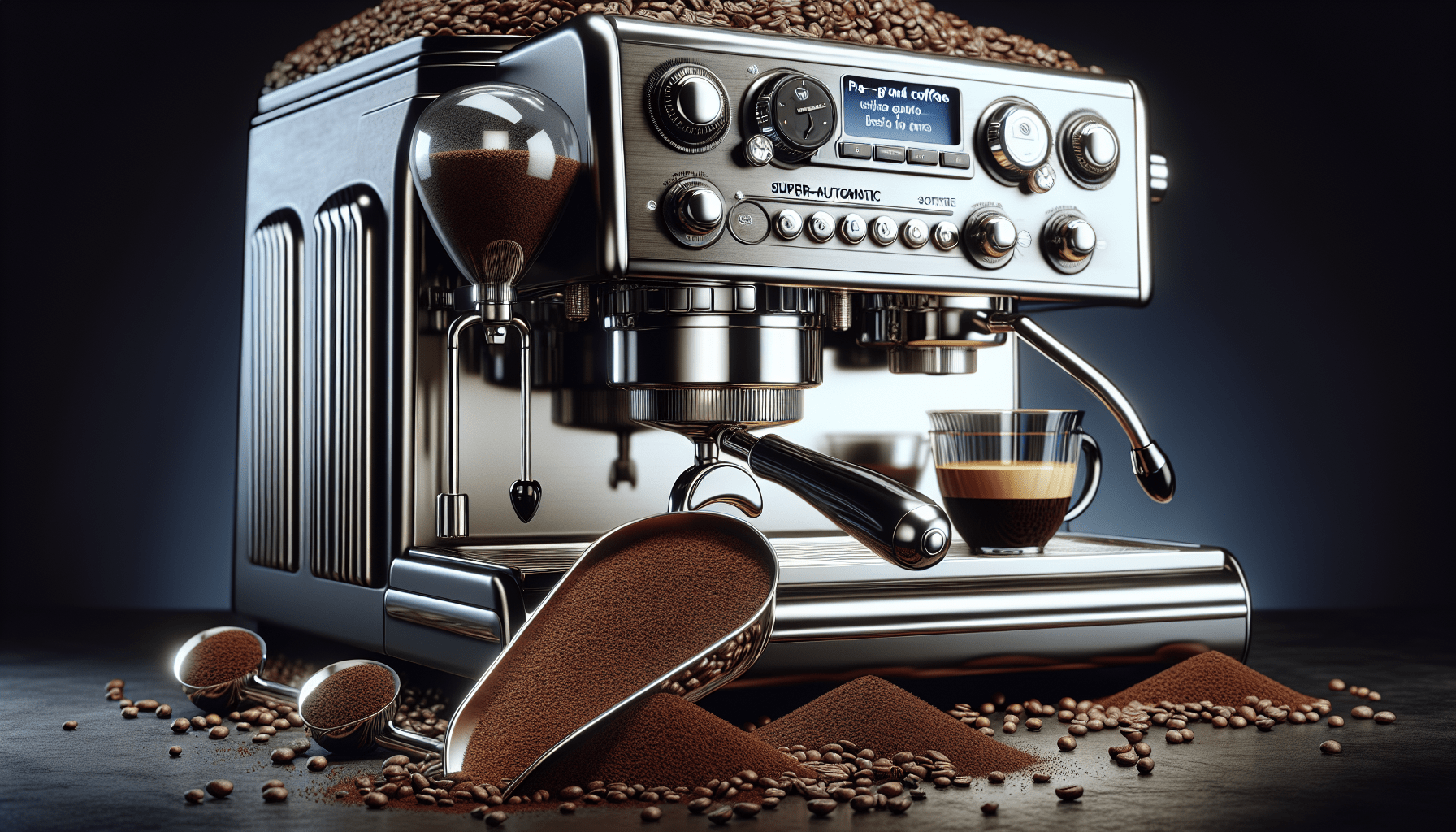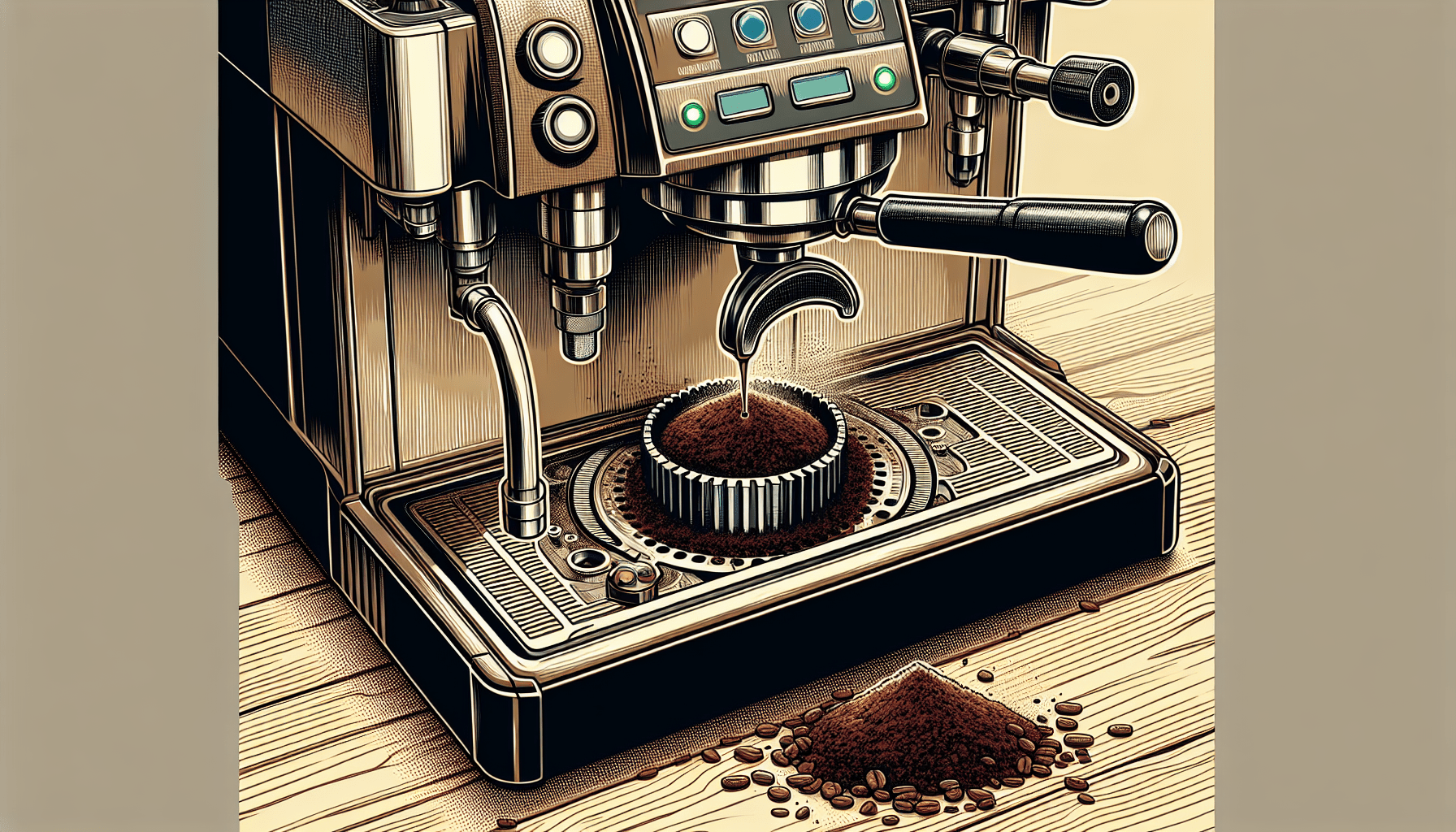Have you ever wondered how the water filtration system works in a super-automatic espresso machine? Well, let’s take a plunge into the fascinating inner workings of this essential component. By effectively removing impurities and enhancing the taste of your beloved cup of espresso, the water filtration system plays a crucial role in delivering a high-quality brew. In this article, we’ll explore the mechanics behind this ingenious system and uncover the secrets behind that perfect cup of coffee. So, get ready to immerse yourself in the world of coffee science and unravel the mysteries of water filtration in super-automatic espresso machines.
Overview of a Super-automatic Espresso Machine
A super-automatic espresso machine is a modern marvel that takes the hassle out of making a delicious cup of espresso. These machines are designed to automate the entire brewing process, from grinding the coffee beans to frothing the milk. One important component of a super-automatic espresso machine is the water filtration system, which ensures that the water used in the brewing process is of the highest quality. In this article, we will explore the components of a super-automatic espresso machine and delve into the importance of water filtration in these machines.
Components of a Super-automatic Espresso Machine
Before we dive into the specifics of the water filtration system, let’s take a moment to familiarize ourselves with the various components of a super-automatic espresso machine. These machines are equipped with a bean hopper, where you can store your favorite coffee beans. The beans are then ground to the desired consistency using a built-in grinder. The ground coffee is then tamped and extracted under pressure to create a rich and flavorful shot of espresso. Additionally, super-automatic espresso machines often come with a milk frother, allowing you to create delicious lattes and cappuccinos.
Importance of Water Filtration in Espresso Machines
Water is a crucial element in the brewing process of espresso. It not only dissolves the coffee compounds but also affects the taste, aroma, and overall quality of the end product. Using unfiltered water in an espresso machine can lead to the accumulation of mineral deposits, affecting performance and taste. This is where the water filtration system comes in. Its main purpose is to remove impurities and ensure that the water used in the brewing process is clean and free from any unwanted flavors or odors. Let’s now explore the water filtration system in more detail.
Water Filtration System in Super-automatic Espresso Machines
The water filtration system in a super-automatic espresso machine is responsible for purifying the water before it reaches the brewing chamber. This system consists of various components working together to ensure that the water used to brew espresso is of the highest quality.
Purpose of the Water Filtration System
The primary purpose of the water filtration system is to remove impurities from the water. It eliminates chlorine, sediment, and other contaminants that can negatively impact the taste of your espresso. By filtering the water, the filtration system also helps protect the internal components of the machine, such as the grinder and brewing chamber, from clogging or damage caused by mineral deposits.
Types of Water Filters Used
Super-automatic espresso machines typically use activated carbon filters, ion exchange filters, or a combination of both. Each type of filter has its own advantages and helps to purify the water in different ways.
Placement of the Water Filter in the Machine
The water filter is usually located within the water reservoir of the espresso machine. As water flows into the machine, it passes through the filter, which removes impurities before it reaches the brewing chamber.
Working Principle of the Water Filtration System
To better understand how water filtration works in a super-automatic espresso machine, let’s break down the process into three stages: pre-filtration, mechanism of water purification, and post-filtration.
Pre-filtration Stage
During the pre-filtration stage, larger impurities such as sediment and debris are removed from the water. This step ensures that the water entering the filtration system is relatively free from visible particles that could clog the filters.
Mechanism of Water Purification
Once the water has gone through the pre-filtration stage, it enters the main filtration process. This involves several mechanisms, such as activated carbon filtration, ion exchange, and reverse osmosis technology, to purify the water and remove any remaining impurities.
Post-filtration Stage
After the water has been purified, it goes through a final post-filtration stage. This stage ensures that any remaining impurities are removed, leaving behind clean and purified water for brewing espresso.
Pre-filtration Stage
In the pre-filtration stage of the water filtration process, larger impurities such as sediment and debris are removed from the water. This stage is essential as it helps protect the internal components of the espresso machine from potential clogging and damage. By removing these larger impurities, the water filtration system ensures a smooth and uninterrupted brewing process.
Mechanism of Water Purification
The mechanism of water purification in a super-automatic espresso machine involves several processes, each designed to remove specific impurities from the water.
Activated Carbon Filtration
Activated carbon filters are an integral part of the water filtration system in espresso machines. They work by adsorbing organic compounds and chlorine, thus improving the taste and aroma of the coffee. The activated carbon also helps remove any unpleasant odors from the water, ensuring a delightful sensory experience with every sip.
Ion Exchange Process
The ion exchange process is another vital mechanism used in water purification. This process involves the exchange of ions in the water, primarily targeting dissolved minerals. By removing these minerals, the ion exchange process helps prevent scale build-up in the espresso machine, ensuring optimal performance and prolonging the lifespan of the machine.
Reverse Osmosis Technology
Reverse osmosis technology is a highly effective method of water purification. It uses a semi-permeable membrane to force impurities out of the water. The result is water that is free from contaminants and highly demineralized. This demineralization process ensures that the water used in brewing espresso is of the highest quality, allowing the flavors and aromas of the coffee to shine.
Post-filtration Stage
The post-filtration stage is the final step in the water filtration process. It ensures that any remaining impurities that may have bypassed the main filtration mechanism are removed from the water. This stage is crucial in ensuring that the water used for brewing espresso is clean, pure, and free from any unwanted tastes or odors.
Maintenance and Replacement of Water Filters
To ensure the longevity and optimal performance of your super-automatic espresso machine, it is essential to follow the recommended filter replacement schedule and properly maintain the water filtration system.
Recommended Filter Replacement Schedule
The frequency of filter replacement varies depending on the specific machine and the level of filtration required. However, as a general guideline, it is recommended to replace the water filter every 2-3 months or after making a certain number of cups of coffee. Always refer to the manufacturer’s recommendations for the specific filter replacement schedule.
Cleaning and Maintenance of Water Filtration System
Regular cleaning and maintenance of the water filtration system are crucial to ensure its continued effectiveness. This includes rinsing the filter regularly, descaling the espresso machine as needed, and following any specific cleaning instructions provided by the manufacturer. By taking these steps, you can prolong the life of your water filter and maintain the quality of your espresso.
In conclusion, the water filtration system plays a crucial role in a super-automatic espresso machine. It removes impurities, protects the machine’s components, and ensures that the water used for brewing espresso is of the highest quality. By understanding the components, working principle, and maintenance of the water filtration system, you can enjoy a consistently delicious cup of espresso, brewed to perfection every time.




